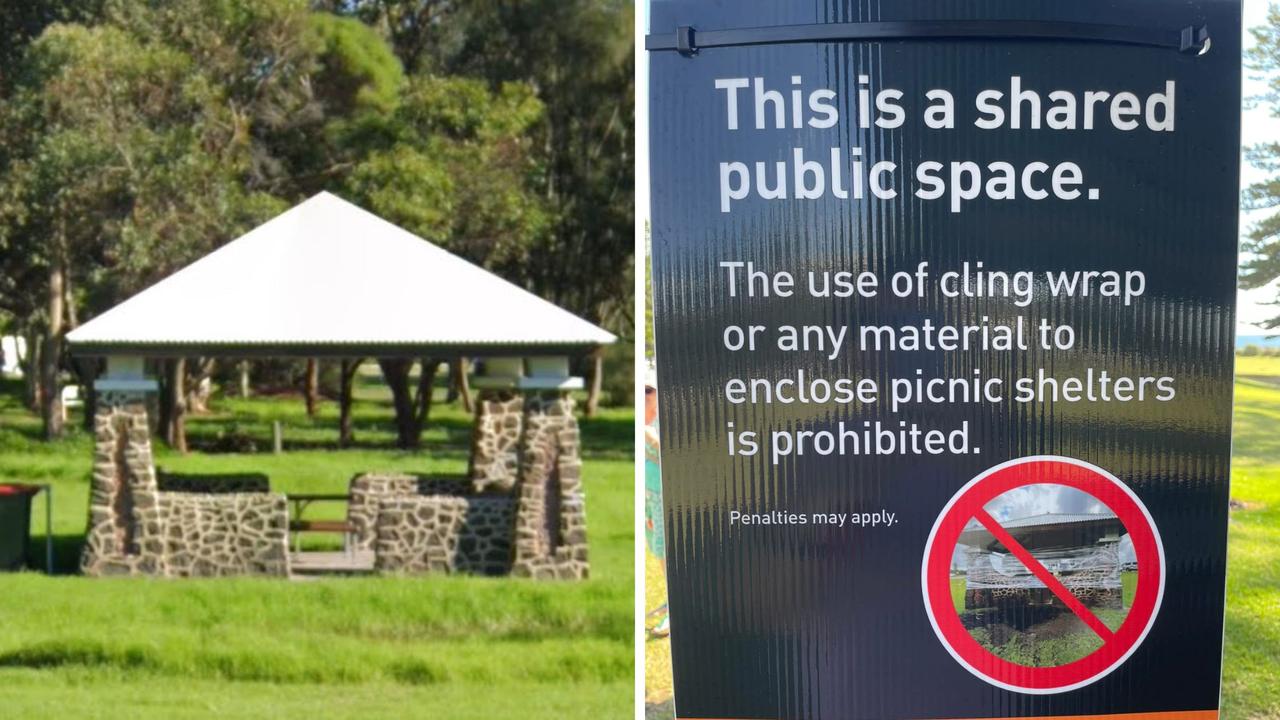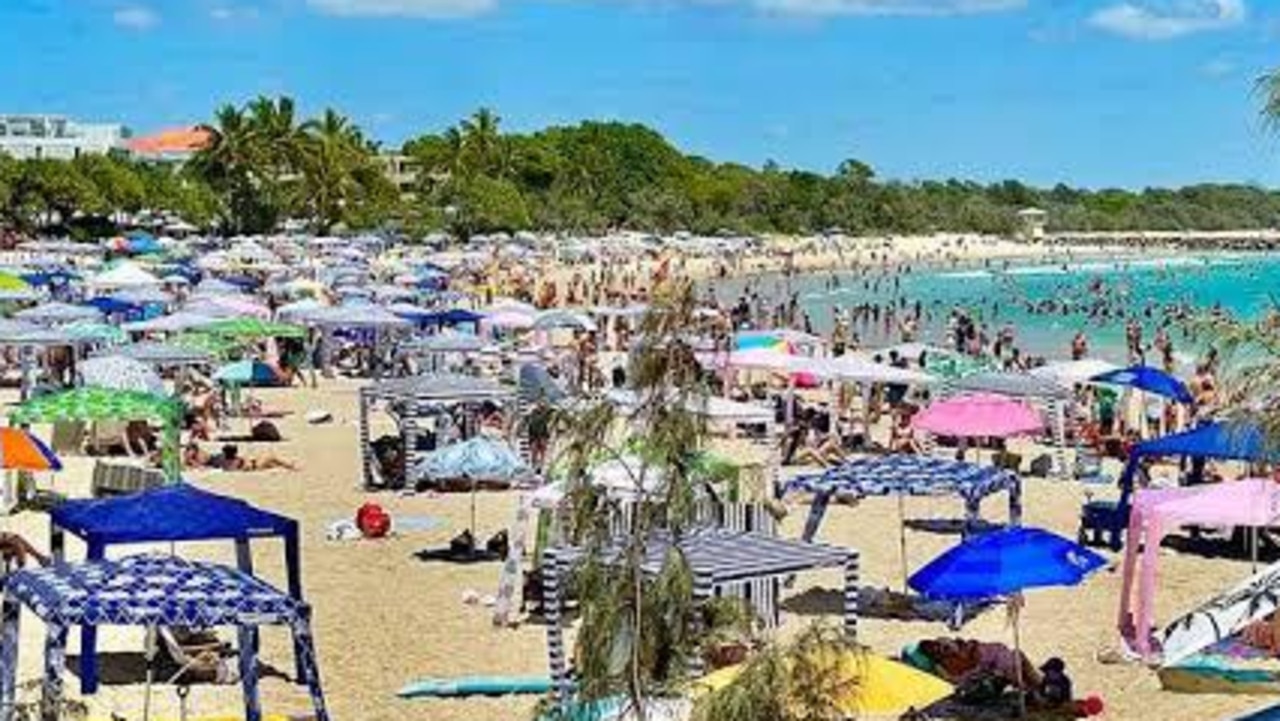What does your choice of suburb say about you?
WHETHER you live in the inner city, the suburbs or the outback, there are pros and cons. This is what your choice of hometown says about you.

Outdoors
Don't miss out on the headlines from Outdoors. Followed categories will be added to My News.
HOW does where you live determine your fate?
From city dwellers and suburban families to rural lovers and remote community members, the region you choose to live in can impact everything from your health to career opportunities, according to a new report by Deloitte.
Deloitte’s fifth The Purpose of Place: Reconsidered report has identified five regions in Australia — inner city, suburban, outer urban, regional cities, rural and remote — and ranked them in terms of quality of living and prosperity.
It reveals how the regions fare in areas including health and safety, social capital, human resources, leadership and contribution and local amenities.
So, what are the pros and cons of living in your region, according to the report?
INNER CITY
The inner cities rank highly in the categories of human resources, local amenities, physical capital, material standards, and innovation and entrepreneurship. The people who live there are generally highly educated with well-paid jobs and live close to public transport and other amenities. They are often movers and shakers, willing to change the status quo and take people in new directions.
On the downside, our inner cities rank poorly on natural amenity, can expose people to crime, traffic jams and pollution, and are not always as socially connected as they might appear. People living close together are not necessarily neighbourly or community-minded. Loneliness and isolation can occur in the midst of crowds.
Melbourne’s Fitzroy is a typical inner-city suburb, known for its counterculture and street art. This once working-class suburb has gentrified, and its residents are a mix of different ethnicities, backgrounds and incomes. It has a strong array of local amenities, including art galleries, studios, bars and pubs, vintage shops, and specialist bookstores. Fitzroy, like much of Melbourne’s inner city, is well served by metropolitan infrastructure. St Lucia is a highly affluent inner-city suburb in Brisbane. Located on the Brisbane River and close to the CBD, St Lucia is dominated by the University of Queensland’s main campus, and its cafes, restaurants, shops and housing cater to affluent professionals who live in the area as well as local students.

SUBURBAN
Australia’s suburbs rank highly for local amenities, physical capital and social capital. This is where people shop nearby for their everyday needs, play sport or go to church.
The suburbs rank below the inner city on human resources, innovation and entrepreneurship, and especially on leadership and contribution. The typical Australian suburb houses many families with children, as well as older Australians no longer in the workforce. Human capital is still being formed through schooling and, for many people in the suburbs, their days of innovating and taking risks (or leading and contributing) lie either ahead of them or behind them.
Ringwood is one of Melbourne’s many comfortable eastern suburbs and has seen significant growth in recent years.
It enjoys a number of local amenities, such as schools, gyms, libraries, health facilities, open green spaces, shops and recreation centres. Ringwood is the site of a CadburyMondelez International food manufacturing facility, and is well connected to other parts of Melbourne by train, the Maroondah Highway and the EastLink toll road.
Petersham is a suburb in Sydney’s inner west. It is perhaps most noteworthy as a “Little Portugal”, with its many Portuguese cafes, restaurants and small businesses.
It is well connected to Sydney’s inner city by public buses and trains.

OUTER URBAN
Outer urban locations enjoy the benefits of being further from the inner-city bustle, and rank highly on natural amenity given their open spaces, natural vistas and proximity to major parks. Indeed, some urban fringe areas adjoin major parks, such as those in the Dandenong Ranges, the Blue Mountains and the Adelaide Hills. Outer urban areas also rank higher than the suburbs on human resources. They attract professionals because housing is cheaper than closer to the city while commuting times needn’t be that much longer, especially with express train services and toll roads.
However, everyday living can be less convenient than in the suburbs, with greater distances to local amenities and fewer choices. Lower population density improves crime rates, but can make it harder to connect with others. Fewer people are around to support a range of sporting and social clubs.
Longer commutes chew up time available for leading or contributing to community endeavours.
Jobs are scarcer in outer urban regions, and they are often less well paid. McLaren Vale, despite being a famed wine region in South Australia, is essentially an urban area on the periphery of Adelaide that backs directly onto medium-density housing. McLaren Vale’s warm climate, beaches and coastal villages, and many vineyards make it attractive in terms of natural amenity. It is a popular tourist venue close to the capital city. Redland Bay is an outer urban township on the south-eastern fringe of Brisbane. Farming yielded to residential development in the late 20th century. Although Redland Bay has modest local amenities and is some distance from inner-city Brisbane, it is well served by rail and bus links and is a gateway to numerous islands in Moreton Bay.

REGIONAL CITIES
Australia’s regional cities rank highly as safe and healthy places to live. Community life is also generally strong. People are often passionate about their regional city and like to get involved in local affairs. Regional cities are also well connected to natural areas, ranking highly on proximity to nature conservation and outdoor tourism. But they can be difficult places to get to and from, even if there’s an airport. Flights to regional cities can be few and far between, and there isn’t always a passenger rail link or high-speed motorway nearby. In addition, good jobs can be hard to find, especially for young people, and that often leads them to relocate closer to major cities. Newcastle is the world’s largest coal-exporting port. The abundance of its surrounding natural resources has been a driving force in its prosperity. Apart from industry, Newcastle enjoys rich natural amenity, with beaches, mountains and nature reserves. Darwin, despite being the capital of the Northern Territory, is also a regional city. It is a unique cosmopolitan melting pot of ethnicities, including Asian, European and Aboriginal cultures. Its tropical surrounds rank it highly in terms of natural amenity, and it has substantial mineral resources, and oil and natural gas sectors.

RURAL AND REMOTE
Rural and remote Australia is, unsurprisingly, rich in natural resources. Deloitte indicators also suggest that these regions enjoy high levels of leadership and contribution, and innovation and entrepreneurship. Living and working in remote areas reveals a tolerance to risk that is often associated with entrepreneurship. Those who live off the land have never been shy of taking risks.
People living in remote communities are generally compelled to interact with one another, building social capital. Their geographic isolation also builds self-reliance. But remoteness and isolation have their costs. Rural and remote regions rank poorly on local amenities and material standards, and access to human resources and physical capital, including broadband and mobile phone coverage.
Except in specialised occupations, such as mining, jobs in rural Australia are generally lower paid, and in remote Australia tend to be scarcer.
East Pilbara in Western Australia exemplifies many of the challenges and geographic extremes that Australians face living in rural and remote regions. It has a land area slightly larger than Norway’s. In contrast, the population in 2013 was a mere 8203 people.
Like much of the red and dry Pilbara region, it is rich in natural resources and its industrial mainstay is mining. The Central Highlands in Tasmania is also typical of the geographic diversity of Australia’s rural and remote areas. It is sparsely populated. In 2013, it was home to 2238 people living in roughly 718,500 hectares. It consists of a series of lakes and mountains stretching across a number of national parks and conservation areas, and its dominant industries are agriculture, forestry and fishing.

Originally published as What does your choice of suburb say about you?



